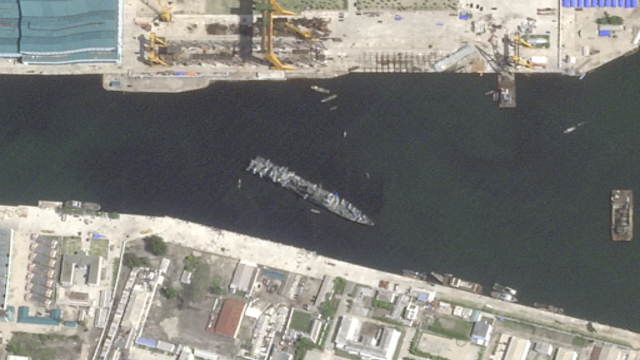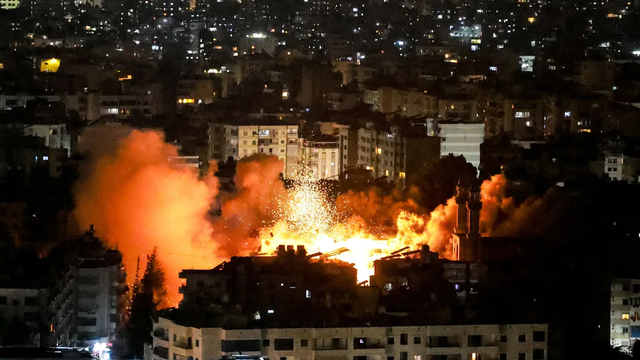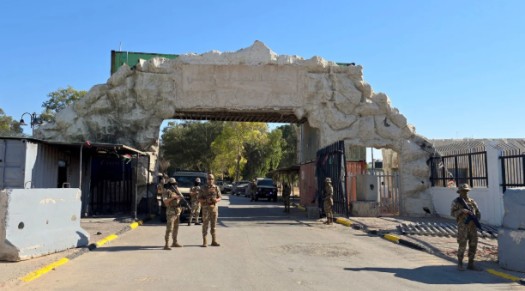
A Ukrainian drone releases a fire-producing device over Russian positions near Kharkiv. CNN
In a dramatic new tactic, Ukraine is deploying “dragon drones” to intensify its battle against Russian forces. These drones are equipped to release molten metal, or thermite, a highly effective and destructive substance. The tactic is a modern adaptation of an old munition, echoing its horrifying use in past conflicts.
Social media videos, including those posted by the Ukrainian Defense Ministry, reveal these drones dropping streams of fiery molten metal onto Russian-held positions. This thermite, a mix of aluminum powder and iron oxide, burns at extremely high temperatures—up to 4,000 degrees Fahrenheit (2,200 degrees Celsius). Such intense heat is capable of burning through trees and vegetation, effectively stripping away the cover used by Russian troops. In some cases, it can even inflict severe damage or kill soldiers directly.
The drones have earned their nickname "dragon drones" due to the fiery appearance of the molten metal as it falls, reminiscent of fire spewing from a dragon’s mouth. The Ukrainian 60th Mechanized Brigade has called these drones “wings of vengeance,” emphasizing their precision and the fear they instill among enemy forces. According to their social media post, “Strike Drones are our wings of vengeance, bringing fire straight from the sky!” They further claim, “They become a real threat to the enemy, burning his positions with an accuracy that no other weapon can achieve.”
Nicholas Drummond, a defence industry analyst, views this innovation as more psychologically impactful than physically destructive. “It is very nasty stuff. Using a drone to deliver it is quite innovative. But used in that way its effect will have been psychological more than physical,” Drummond noted. He also acknowledged the fear such a weapon could evoke, even if its practical application is limited.
Thermite, first discovered in the 1890s by a German chemist, was originally used for welding railroad tracks. Its military potential became evident during World War I when it was dropped from zeppelins over Britain. In World War II, both Germany and the Allies used thermite bombs extensively, applying them to disable captured artillery and destroy enemy equipment. Ukraine’s current use of thermite dropped from drones follows this grim tradition.
Vegetation is scorched following a reported drone attack with incendiary materials near Kharkiv, Ukraine. CNN
A British advocacy group, Action on Armed Violence (AOAV), has reported that Ukraine has used thermite to disable Russian tanks effectively. The intense heat from the thermite, when dropped into a tank’s hatches, destroys everything inside. This precision, combined with the drones' ability to bypass traditional defences, makes thermite bombs a potent tool in modern warfare.
However, thermite is not without controversy. While not banned under international law for military use, its deployment against civilian targets is prohibited due to its severe and lasting impact on human health. Human Rights Watch has described incendiary weapons like thermite as having a “horrific human cost,” including severe burns and long-term damage to muscles and bones.
As the conflict between Russia and Ukraine continues, the use of thermite drones adds a new layer of intensity to the battlefield. Ukrainian forces, despite being outnumbered, have shown remarkable innovation with small drones, which have had a significant psychological effect on Russian troops. The fear generated by these drones can disrupt enemy operations and contribute to Ukraine's strategic efforts.















